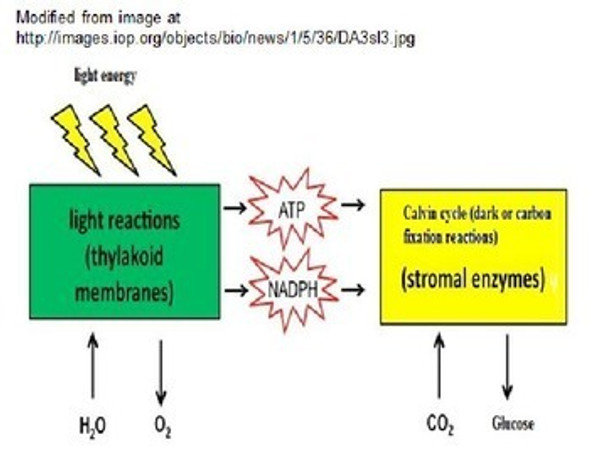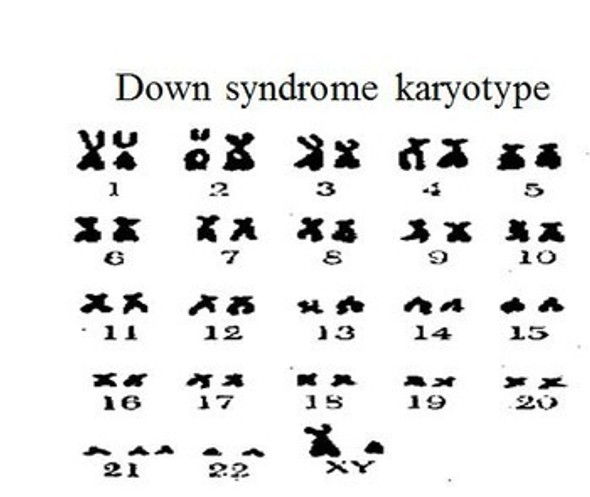Description
This zip file contains many different activities (32 pages of student handouts and 2 PowerPoints with a total of 107 slides) which can be used to compose a unit for chemistry students involving the basics on Naming of Chemical Compounds and Types of Chemical Reactions. Topics in this unit include Hydrates, naming binary ionic and covalent compounds, naming ternary compounds, as well as writing the formulas for these compounds when given the name. The balancing of chemical equations (non-redox) is also included in this unit. The components of these lessons may be used in any high school chemistry course as well as some physical science courses as well. Many components of this bundle may be suitable for distance learning needs. The components this unit addresses in the NGSS Standards and Common Core Standards are indicated at the end of this description.
Many documents are included in both word docx as well as pdf format to allow editing for specific teacher needs. These documents are well suited for use in distance learning environments.
The specific contents of the learning package includes the following items (the page count for these items are actual student handouts as answer key page counts are not included):
-- Marzano self assessment scale including learning goals and Common Core Reading/Writing and Mathematics Standards for students specific to this unit (3 pages)
-- Cloze notes handout for students with learning goals and Common Core Standards to accompany lesson PowerPoint (9 pages)
-- 57 slide PowerPoint to accompany the cloze notes
-- Naming Chemical Compounds Lab Drill Activity with key (5 pages)
-- Balancing Equations Worksheet with key in word and pdf format (2 pages)
-- Types of Reactions Worksheet with key in word and pdf with answer key (1 page)
-- Formula and Equations Worksheet # 1 (Naming Binary Ionic Compounds) with answer key in word and pdf format (1 page)
-- Formula and Equations Worksheet # 2 in word and pdf with answer key (Naming Binary Covalent Compounds (1 page)
-- Formula and Equations Worksheet # 3 (Naming Ternary Compounds) in word and pdf format with answer key (2 pages)
-- Formula and Equations Unit Exam in word and pdf format with key at the end (6 pages/30 multiple choice and written response questions)
-- 25 question Jeopardy review game in PowerPoint format (54 slides)
-- Reference Table for unit in word and pdf (2 pages)
-- Naming rules handout (a short summary) in pdf (1 page)
Learning Goals
Upon the completion of this unit the student will be able to:
1. distinguish between empirical and molecular formulae.
2. list the seven diatomic elements.
3. explain the difference between monatomic and polyatomic ions.
4. use a reference table to identify polyatomic ions.
5. define the term hydrate.
6. electronically balance compounds and polyatomic ions.
7. name binary ionic and binary covalent compounds.
8. use the reference table with polyatomic ions to name ternary compounds.
9. use the Stock system to name compounds.
10. use the prefixes -ous and -ic to name compounds.
11. name binary acids and ternary acids and use a reference table to identify common acids.
12. distinguish between physical and chemical changes.
13. relate the laws of conservation of mass and energy to chemical equations.
14. distinguish between exothermic and endothermic processes.
15. identify synthesis, decomposition, single replacement, and double replacement reactions.
16. balance simple chemical equations.
17. recognize the criteria needed for a reaction to occur.
NGSS Standards
Students who demonstrate understanding can:
HS-PS1-2. Construct and revise an explanation for the outcome of a simple chemical reaction based on the outermost electron states of atoms, trends in the periodic table, and knowledge of the patterns of chemical properties.
HS-PS1-7. Use mathematical representations to support the claim that atoms, and therefore mass, are conserved during a chemical reaction.
Common Core State Standards Connections:
ELA/Literacy –
WHST.9-12.2 Write informative/explanatory texts, including the narration of historical events, scientific procedures/ experiments, or technical processes.
Mathematics –
MP.2 Reason abstractly and quantitatively.
Terms of Use
Purchase of the product is for classroom use by the purchaser only. It is a violation for individuals, schools, and districts to redistribute, sell, or post this item on the Internet or to other individuals.
This work is licensed under a Creative Commons Attribution-NonCommercial-ShareAlike 4.0 International License.
View my complete High School Complete Chemistry Course






















